Ruins of Felix Romuliana at Gamzigrad
Imperial palace of Emperor Galerius, the Emperor behind the worst Christian persecutions during the Roman Empire.
Built to commemorate the Emperor’s retirement from the throne, the fortified palace of Roman Emperor Galerius was the largest such palace south of the Danube.
Located near Zaječar the complex was built by Emperor Galerius in 298 AD to mark his birthplace. The site was named after his mother, Romula, who was a priestess of a pagan cult. As one of the Tetrarchs, Galerius ruled the empire jointly with three others as either Caesars (junior emperor) or Augusti (senior emperor).
The complex of temples and palaces served as a place of worship of Galerius’ mother’s divine personality, a monument to his own deeds as an emperor, and a luxurious villa. Romuliana survived until the 5th century when it was plundered by the Huns. Later the site became a settlement of farmers and craftsmen. It was abandoned at the beginning of the 7th century with the arrival of the Slavs.
A strong supporter of the ancient Roman religious structure, Galerius has been blamed for instigating the Diocletianic Persecution, a series of edicts in 303 AD that eliminated the rights of Christians in the Roman Empire and lead to the widespread persecution of Christian followers. At the end of his life in 311 he publicly announced his regret of the policies. The edicts were officially overturned by Constantine’s Edict of Milan in 313.
His final act was an attempt to return home to Romuliana, but he died en route. The Roman historian (and Christian) Eusebius described his agonizing death as God’s judgement for his policies. Pursued by a divinely ordained punishment, which began with his flesh and went on to his soul,” a rupturing of his bowels left his physicians “unable to endure the overpowering and extraordinary stench.”
After his death, his body was brought to Romuliana for burial.
Archaeological excavations on the site revealed the remains of a Roman compound with two temples, two palaces, and a building with corridor including fine mosaics depicting Greek gods Dionysus and Medusa, as well as figural capitals of Hercules, hot baths, basilicas and impressive gates, as well as a collection of Roman gold coins.
Other testaments to Galerius’ reign still stand in Thessaloniki, Greece, including the remains of a monumental octopylon (eight-pillared gateway) as well as the Rotunda of Galerius, now the oldest church in Thessaloniki.
Felix Romuliana is now a World Heritage Site.
Know Before You Go
Contact for directions: Tourist Organisation of Zajecar, Trg Oslobodjenja 1, phone and fax: +38119421521


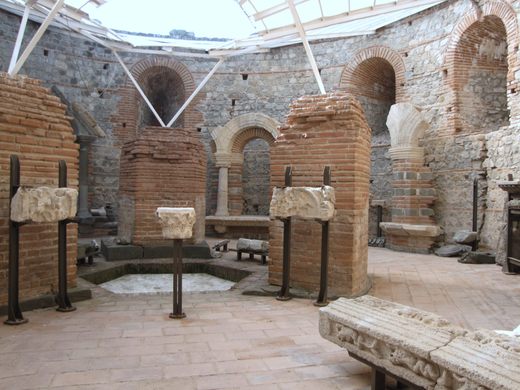

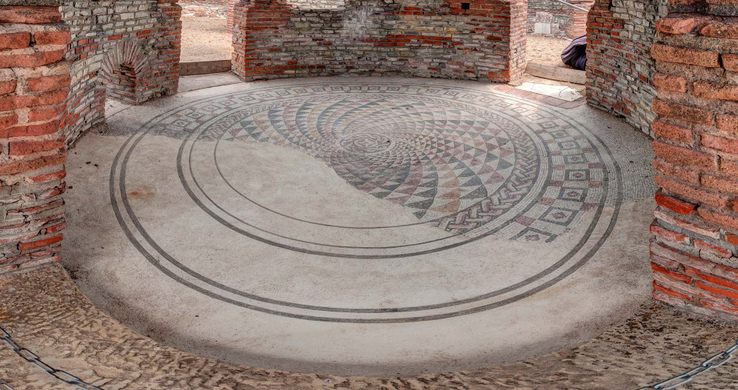














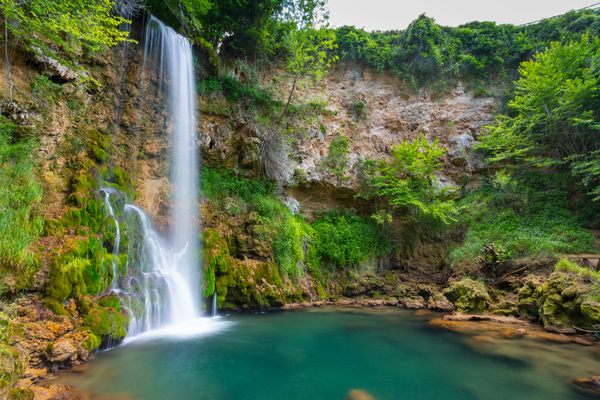
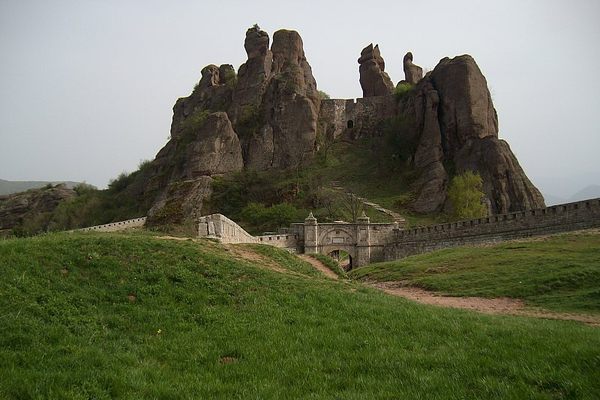
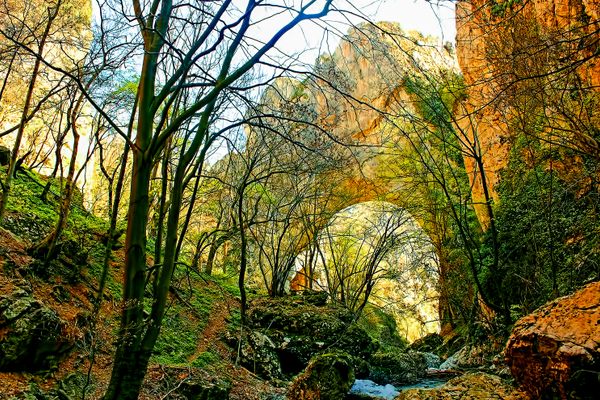
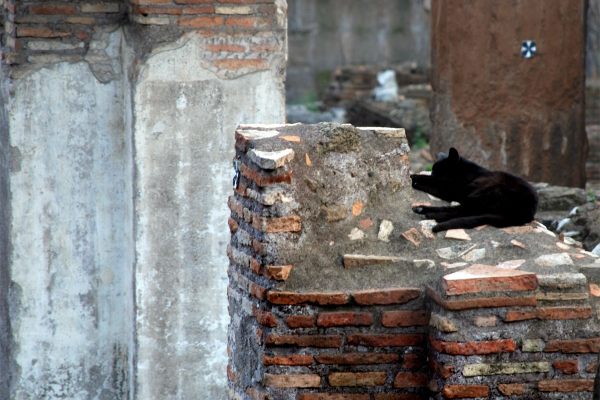
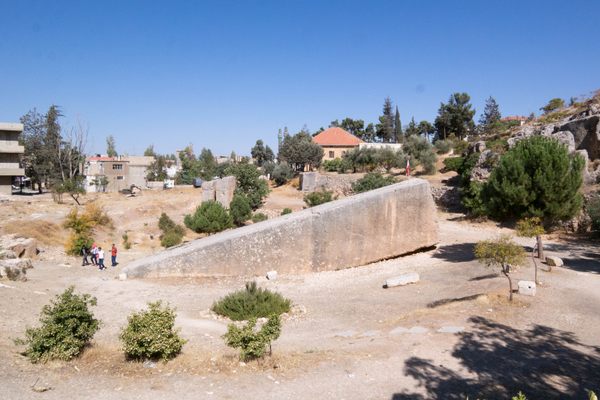

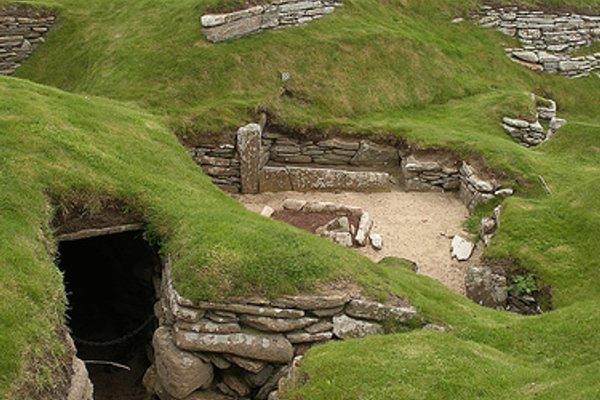

Follow us on Twitter to get the latest on the world's hidden wonders.
Like us on Facebook to get the latest on the world's hidden wonders.
Follow us on Twitter Like us on Facebook